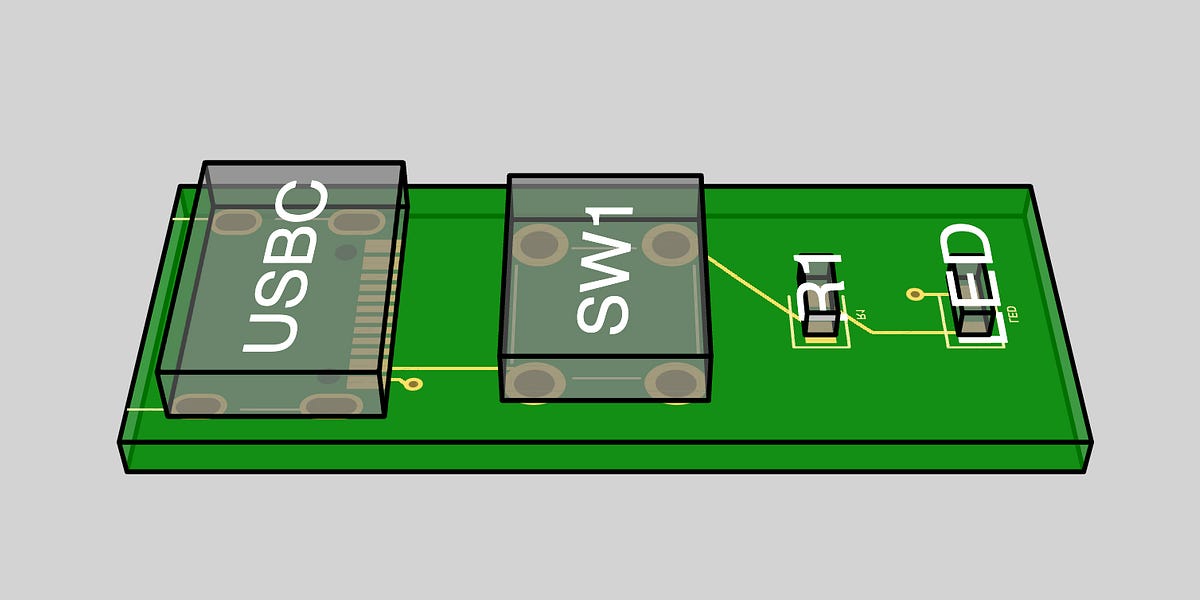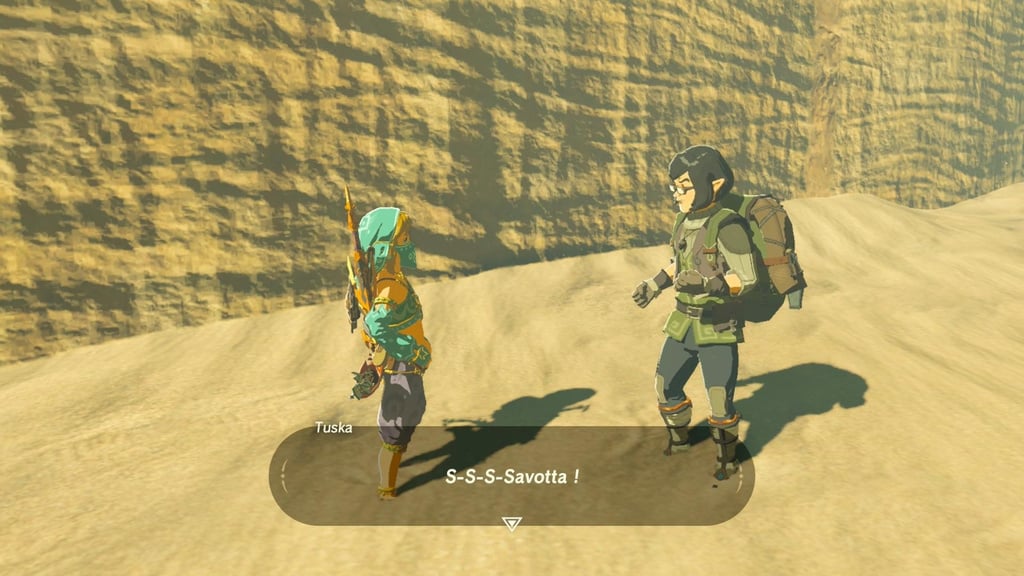Ukraine’s Drone Attack Deep Inside Russia: What to Know

The strike set several aircraft on fire, video showed, and dealt a symbolic blow to Moscow’s relentless bombing campaign. Ukraine said it secretly planted a swarm of drones in Russia and then unleashed them in a surprise attack on Sunday, hitting airfields from eastern Siberia to Russia’s western border. The assault set several Russian aircraft on fire, stunned the Kremlin and dealt a strategic and symbolic blow to Moscow’s relentless bombing campaign in Ukraine. Russian officials said that there were no casualties and that some of the Ukrainian attacks had been repelled. Here’s what to know about the operation. Russia’s Defense Ministry said on Sunday that Ukrainian drones had attacked airfields in five regions stretching across five time zones: Murmansk, Irkutsk, Ivanovo, Ryazan and Amur. Several aircraft caught fire in Murmansk, near the border with Norway, and in Irkutsk, in eastern Siberia, the ministry said, adding that attacks on the three other regions had been repelled. “Some participants of the terrorist attacks were detained,” it added. Ukraine said that 117 drones were used in the attacks. An official in Ukraine’s security services, the S.B.U., said dozens of aircraft were damaged in the strikes. The person spoke on the condition of anonymity to discuss a sensitive intelligence operation. It was not immediately possible to independently confirm the Ukrainian claim or the details from Russia’s Defense Ministry. The New York Times verified videos that showed successful strikes at Olenya air base in Murmansk and Belaya air base in Irkutsk. It also verified damage to at least a dozen military aircraft — nearly all of them strategic bombers. The plan was called Operation Spider’s Web. Drones were planted across Russia, near military bases, the Ukrainians said, and then activated simultaneously. President Volodymyr Zelensky of Ukraine said on social media Sunday that planning began a year and a half ago. He called the results “absolutely brilliant.” Those involved in the attack, he added, were withdrawn from Russia before it took place. On Monday, the Ukrainians offered more details about the operation. Over many months, they said, dozens of drones were secretly transported into Russia. The drones were packed onto pallets inside wooden containers with remote-controlled lids and then loaded onto trucks, an S.B.U. statement said. Ukrainian officials said the crates were rigged to self-destruct after the drones were released. There was no indication that the truck drivers knew what they were hauling, Ukrainian officials said. The scale and details of the operation could not be independently verified. But videos and satellite imagery analyzed by The Times help show the extent of it. A video shared widely online, and verified by The Times, shows a recording of the software responsible for piloting the Ukrainian drones as their assault on the Belaya air base began. The footage captures a drone’s view as it flies over the base toward a line of at least six aircraft before descending toward a Tupolev Tu-95 bomber. Shortly after, a video shows, two drones launch from containers that appear to be disguised as modular homes mounted on the back of a nearby semi truck. They fly toward smoke plumes billowing from the base less than four miles away. Footage from the ground recorded roughly halfway between the semi-truck and Belaya shows more drones flying overhead toward the base. Their flight path indicates they may have come from the semi’s general direction. Videos taken at the launch site later that day show the containers on fire, their tops lying on the ground nearby. Another video shows drones flying less than four miles from the Olenya air base. The person recording can be heard suggesting that the drones had been launched from a truck parked down the road. The Times could not confirm that those drones had been part of the assaults. Satellite imagery captured on Monday indicates that no aircraft were damaged at two of the other bases likely targeted. No clear satellite imagery or footage could be obtained for the third base. The Trump administration was not given advance notice of the drone strikes, administration officials said. Ukraine said 41 planes had been hit, or about one-third of the strategic cruise-missile carriers at Russian air bases across three time zones. To assess the damage at the Belaya air base, The Times obtained radar imagery from a space imaging company, Umbra, that can see through cloudy skies. Seven strategic bombers appear to be destroyed, very likely four Tupolev Tu-22M and three Tupolev Tu-95 bombers. They were also visible in the drone footage. For the Olenya air base, a screen recording from the Ukrainians’ pilot software shows a drone flying by two smoking Tu-95 bombers. Another Tu-95 is hit by an explosion. Car tires — apparent defensive measures — are visible next to and on top of the wings of at least three of the damaged Tu-95 bombers. Footage captured moments later shows another Tu-95, as well as an An-12 cargo transport aircraft, ablaze. Russian military bloggers said the Ukrainian damage estimates were inflated. One influential Russian military blogger, Rybar, put the number of damaged Russian aircraft at 13, including up to 12 strategic bombers. American and European security officials said that they estimated that as many as 20 Russian strategic aircraft may have been destroyed or severely damaged — with Russia’s losses including six Tu-95 and four Tu-22M long-range strategic bombers, as well as A-50 warplanes, which are used to detect air defenses and guided missiles. Ukraine has been gunning for those warplanes since the start of the war because Russia uses them to strike Ukrainian cities. Western estimates suggest that Russia had slightly more than 60 active Tu-95s and about 20 Tu-160 bombers, according to Col. Markus Reisner, a historian and an officer in the Austrian Armed Forces. The Ukrainian operation appears to have put a “real dent” in Russia’s ability to launch large salvos of cruise missiles, said Ben Hodges, a retired general who commanded the U.S. Army in Europe. “The surprise that they achieved will have a shock on the system as the Russians try to figure out how these trucks loaded with explosives got so deep inside of Russia,” he added. “If even half the total claim of 41 aircraft damaged/destroyed is confirmed, it will have a significant impact on the capacity of the Russian Long Range Aviation force to keep up its regular large-scale cruise missile salvos against Ukrainian cities and infrastructure,” Justin Bronk, a senior research fellow for air power and technology at the Royal United Services Institute, a London think tank, said in an email. The attack in Irkutsk, on the Belaya air base, was the first time that any place in Siberia had been attacked by Ukraine’s drones since the war began with Russia’s full-scale invasion in February 2022. The Olenya base in the Murmansk region is also one of Russia’s key strategic airfields, hosting nuclear-capable aircraft. Ukraine has executed ambitious drone attacks on Russian territory before. In late 2022, Kyiv targeted two airfields hundreds of miles inside Russia using long-range drones. But Russia adapted, building protective structures around depots at bases, bringing in more air-defense assets and routinely repositioning its fleet. Car tires seemingly used as defensive measures are visible in satellite imagery from two bases hit. Ukraine — which has banked on expanding the use of domestically produced drones — turned to a new approach. The idea behind Operation Spider’s Web was to transport small, first-person-view drones close enough to Russian airfields to render traditional air-defense systems useless, officials said. Although the full extent of the damage from Ukraine’s strikes is unknown, the attacks showed that Kyiv was adapting and evolving in the face of a larger military with deeper resources. The Ukrainian strikes came a day before Russia and Ukraine met in Istanbul for further peace talks. Mr. Zelensky said on Monday that the operation had showed Russia that it was also vulnerable to serious losses and “that is what will push it toward diplomacy.” But analysts say the attacks are unlikely to alter the political calculus of Russia’s president, Vladimir V. Putin. There was no indication that the attack had changed the Kremlin’s belief that it holds an advantage over Ukraine, as it counts on the weakening resolve of some of Kyiv’s allies and its ability to grind down outnumbered Ukrainian troops. Reporting was contributed by Helene Cooper, Julian E. Barnes, Eric Schmitt, Lara Jakes and Adam Entous.
What happened?
What more did the Ukrainians say?

How much damage did Russia’s bombers sustain?
Why are the strikes significant?
What did Ukraine hope to gain?
What's Your Reaction?
 Like
0
Like
0
 Dislike
0
Dislike
0
 Love
0
Love
0
 Funny
0
Funny
0
 Angry
0
Angry
0
 Sad
0
Sad
0
 Wow
0
Wow
0



































